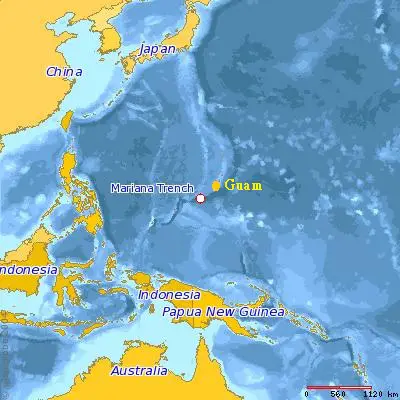A long term charter contract agreement has been announced by CWind with Ørsted for the first hybrid powered Surface Effect Ship of the world to Borssele 1 and 2 offshore wind farms. This is to be delivered by mid-2020.
An initial firm chartwr for three years with an option for a further two years is available in the agreement. The Hybrid SES crew transfer ship will operate from the Vlissingen Dutch port to Borssele 1 and 2 that are 23km away from the Dutch Coast in the North Sea.
This crew transfer vessel is being developed in order to meet the industry wide requirement for the development and deployment of innovative technologies in order to reduce the emission of CO2 and thereby providing cost effective service to the wind farms that are located further offshore.
CWind’s Hybrid SES crew transfer vessel will use a combination of electric and diesel propulsion which is combined with the surface effect hull form and heave compensation technology to be able to operate in 2.0m Hs sea states. It also reduces the burning of fuel and CO2. Thus, making Hybrid SES able to deliver crew faster to these sites and with more comfort, thereby, resulting in more number of operation days offshore for the client’s O&M and construction activities.
Ian Bryan, Managing Director, Group Business Operations said: “We are delighted to announce the agreement with Ørsted, and look forward to delivering the world’s first Hybrid SES for them in 2020. Our development of the vessel has been driven by listening to the market and our customers who want a greener, safer and more efficient Crew Transfer Vessel to support their commercial and green objectives.”
The new vessel will help Orsted to efficiently deliver and service windfarms by reducing the transit time, also it helps supports the ambition on Orsted to make the world run completely on green energy. In partnership with ESNA that is a ship design company which is based in Kristiansand, Norway, the Hybrid SES crew transfer vessel was developed. ESNA is a specialist in the development of surface effect vessel that delivers vessels that are comercially competitive and provides with a great reduction in carbon by design.
Naval architect and co-founder of ESNA, Trygve H. Espeland, also explains: “The vessel design will accommodate further developments in hybrid propulsion and battery technology, ensuring it has the capability of being developed into a totally carbon-free solution in the future”. The vessel will be built by Wight Shipyard Company, a leading UK boat builder.
The 1,300 kW diesel propulsion engine of the Hybrid SES which can be battery boosted up to 1,500kW will help deliver sprint speed and extreme bollard push. The balancing engines help in saving fuel significantly and inefficient low engine power running hours. The battery drive modes include wind farm standby and operations on low speed/harbor. The engine operating hours can be reduced during the wind farm battery standby by 50%.
Reference: CWind
from WordPress https://www.maritimemanual.com/cwind-secures-contract-deliver-worlds-first-hybrid-propulsion-ses-orsted/

No comments:
Post a Comment